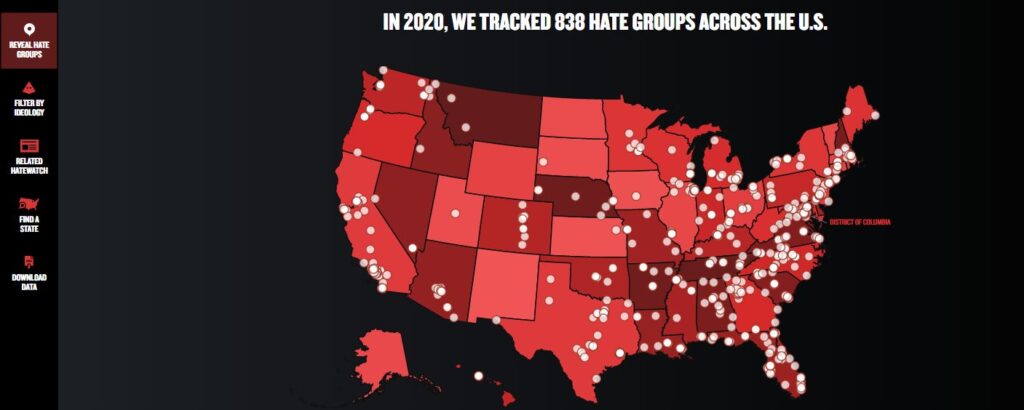Conscience or the so-called conscience is a person’s ability to distinguish whether an action is wrong or right, or to distinguish between what is right and what is wrong, and it is that which leads to a feeling of remorse when the things that an individual does conflict with his moral values, and to a sense of righteousness or integrity when Actions conform to moral values, and here the matter may differ as a result of the difference in the environment, the upbringing, or the concept of morality for each person .
The modern scientific interpretation of the conscience
Interpreted modern in the field of humanities scholars of age , psychology and neuroscience conscience that the function of the brain that have evolved human to facilitate altruism and mutual ( English Altruism) or behavior directed by the individual to help others in the performance of their jobs or their needs without expecting any reward , and that within their communities. The conscience is a description and word that embodies a mass and a group of feelings, feelings, principles and values that govern and captivate a person so that his behavior is good, respectful with others, he feels for them, maintains their feelings, does not oppress them, and takes into account their rights.
Why does the conscience disappear
The conscience is a tangible thing inside the hearts. When the heart is overwhelmed with darkness, arrogance, vanity and deception, ego and desires rise above the voice of the conscience and the voice of the conscience becomes almost absent
If the voice of the ana rises over the conscience, sympathy is gone to the little one, so if the voice of the ana rises over the conscience, the sense of the old man is gone.
What are the ways to restore the pulse of conscience?
- Determination not to return, or only to think that he will be drowning in darkness and the qualities that he describes as arrogant
- To learn more about the importance of conscience in life
- Looking at wars and activating feelings may increase the return of conscience
- Seeing your future and those around you to be loved, not rejected
Conscience in philosophy
A composite of emotional experiences based on a person’s understanding of the moral responsibility of his behavior in society, and an individual’s own appreciation for his actions and behavior. The pronoun is not a birth attribute, but rather is determined by a person’s position in society, his life circumstances, his upbringing, and so on. The conscience is closely related to the duty, and one feels – with his awareness that he has completely fulfilled his duty – that he is a clear conscience, while the violation of duty is accompanied by the prongs of reprimand. And conscience, in its positive response to the demands of society, is a powerful driving force for the moral discipline of the individual. [1]
Conscience in psychology
The psychology of the conscience is distinguished by the following characteristics:
- The conscience is an evaluative psychological apparatus related to the ego, so a person is concerned with evaluating himself by himself as he receives other people’s evaluations for what comes out of him from his actions.
- The conscience is characterized by comprehensiveness: it does not limit itself to evaluating one aspect of the personality, but rather deals with the personality as a whole
- Conscience deals with the past, present, and future: it does not blame its owner for what he issued from him in the past only, but rather he holds him accountable for what he does in the present time, for what he will do in the future
- The conscience may exaggerate in sluggishness and may exaggerate in cruelty: the conscience may be together or it may deviate either to dullness and lethargy, or to rhetoric in estimating errors
- The conscience may be individual and it may be collective: a person in his personal life and his relations with others and himself has an individual conscience, but the conscience may expand to include a group of people that may be limited or may extend to include an entire people, for example when a people’s army is defeated by another army, the people’s conscience may He revolts and may stage a coup against his rulers [2]


